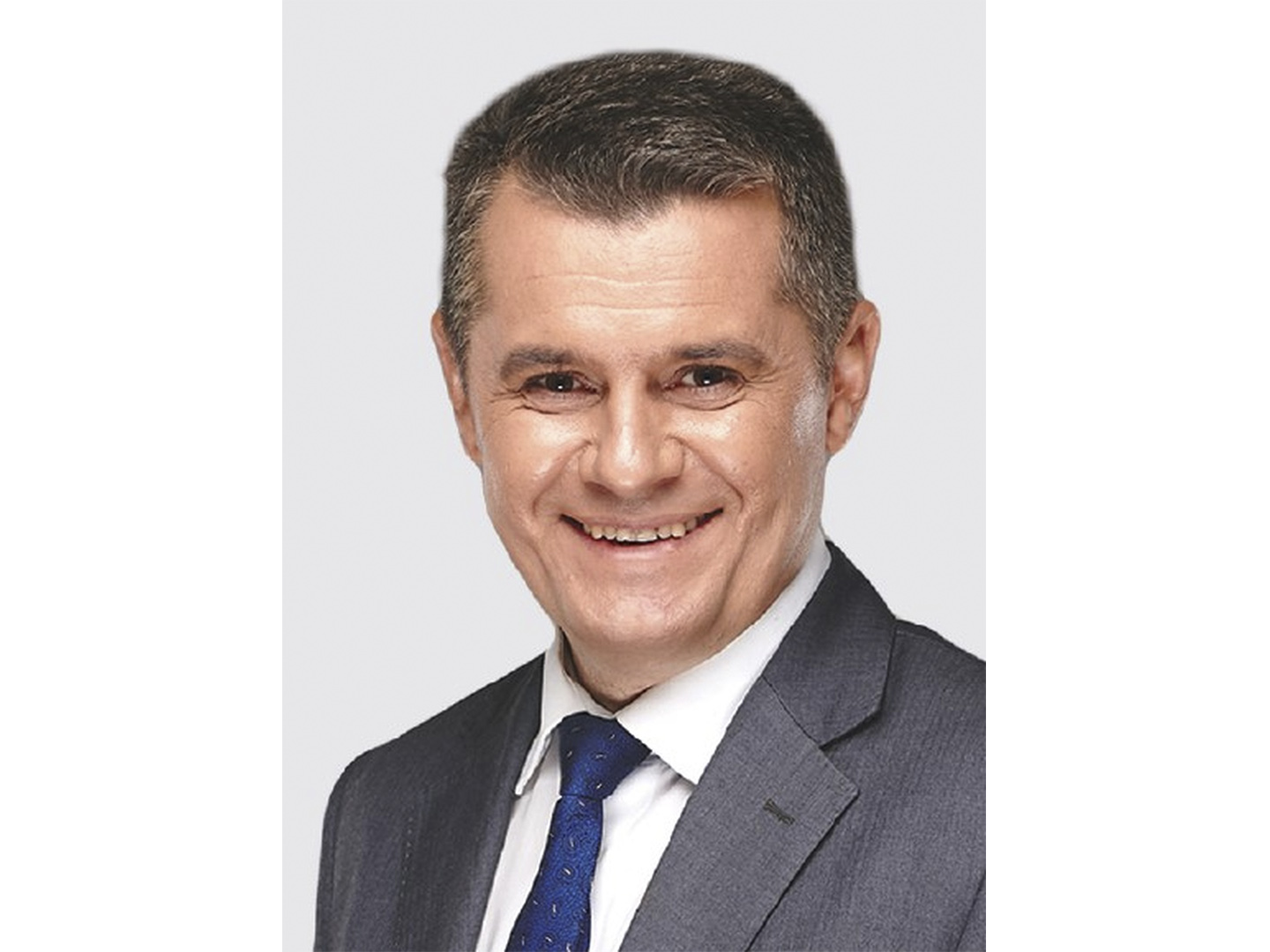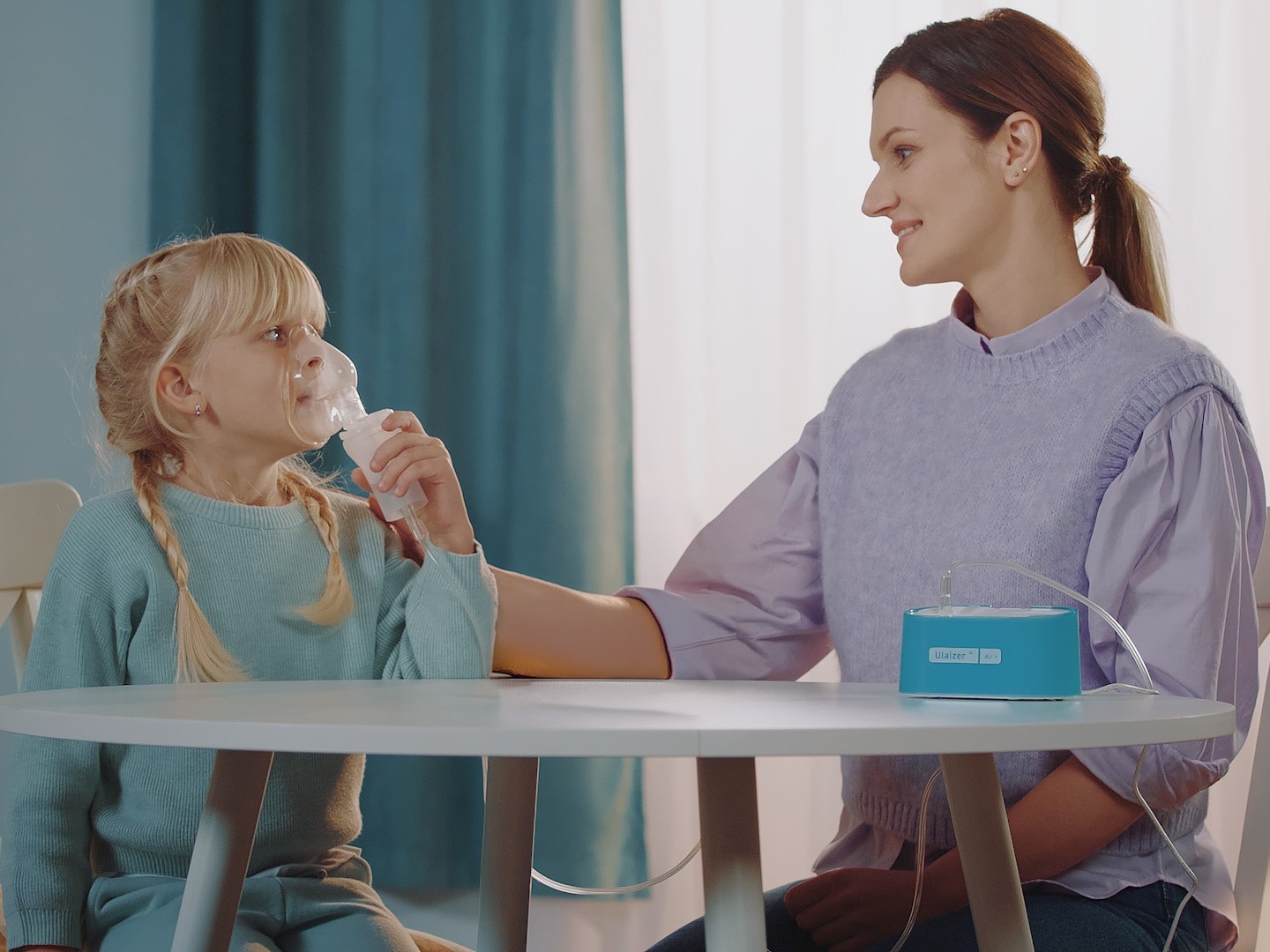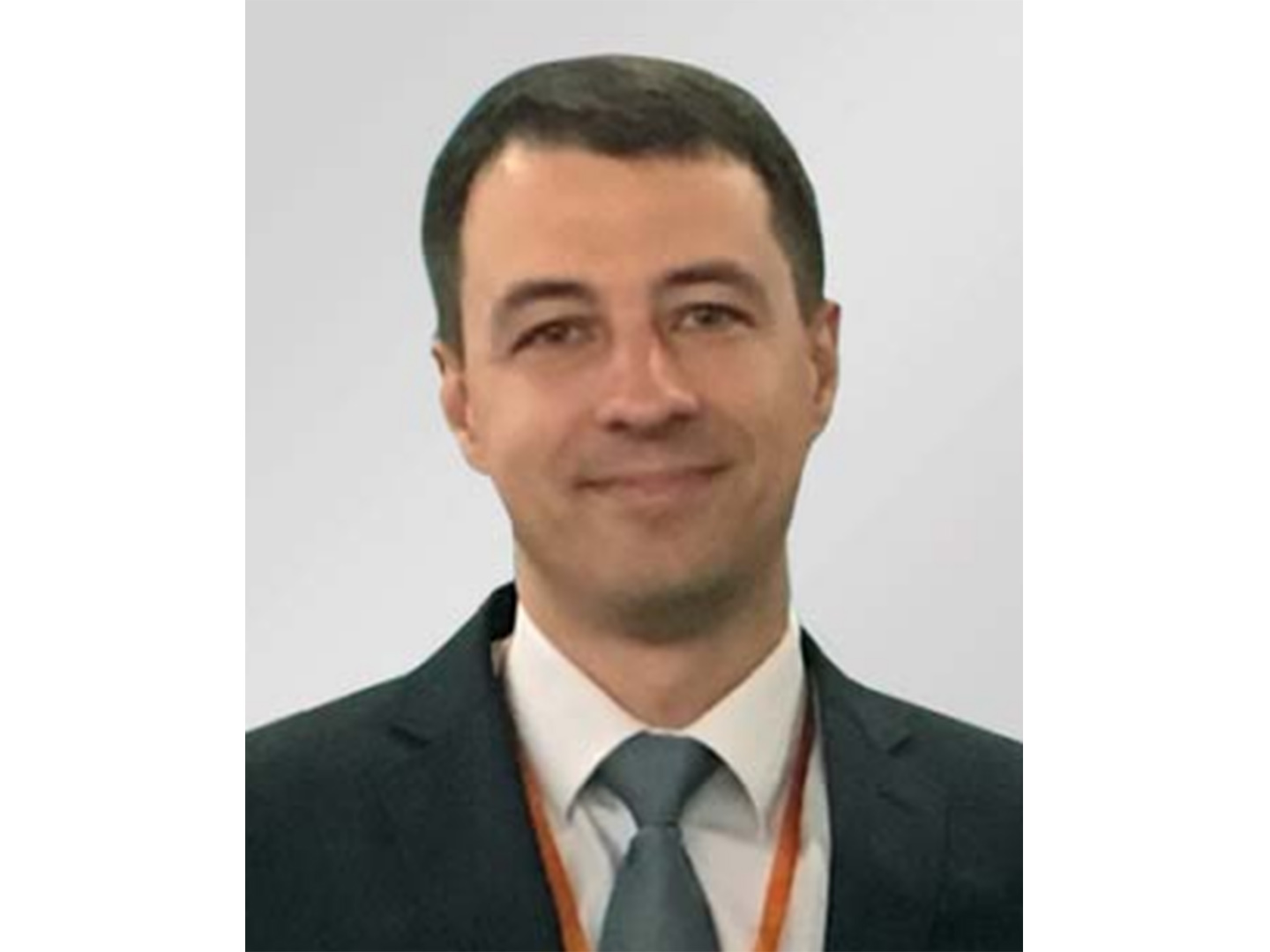Modern diagnosis and treatment of adenoid diseases

Adenoids are an organ that every child has from birth, and is a collection of lymphoid tissue in the nasopharynx.
Like any organ, adenoids can get sick. The most common diseases of the adenoid tonsil include inflammation of the adenoids (adenoiditis) and their hypertrophy.
Diseases of adenoids are one of the most frequent ENT pathologies in childhood. They often occur against the background of frequent episodes of acute respiratory viral infections, bacterial rhinosinusitis, allergic rhinitis.
The main clinical symptom is airway obstruction and/or symptoms of recurrent upper respiratory tract infections. The frequency of SARS in children with adenoid diseases increases significantly – their number can reach 10 episodes of SARS per year. The course of infections is longer and they are more often complicated by rhinosinusitis and otitis media. Hypertrophied and/or inflamed adenoids are exactly the “weak” place in the nasopharynx that increases susceptibility to respiratory infections.
Late diagnosis and treatment can lead to various consequences, such as behavioral disturbances, slowed growth and reduced weight of the child, changes in the bite and facial skull, and even cor pulmonale or left ventricular heart failure.
Flexible (fiberoptic) nasopharyngoscopy is considered the “golden” standard for diagnosing and assessing the degree of adenoid hypertrophy. This method provides direct visualization of the nasal cavity and nasopharynx. CT/MRI is not indicated for the diagnosis of typical adenoid diseases (hypertrophy or adenoiditis). brain) one can very carefully assess the size of the adenoids in relation to the choana. An MRI should also be considered if a child’s adenoid tumor is suspected.
Treatment
Operations on adenoids and tonsils are very common, but recently their frequency has decreased with the advent of alternative methods, along with the short-term risks of surgical treatment.
Conservative treatment of adenoid diseases includes a combination of several drugs.
Endonasal corticosteroids (for example, mometasone furoate) are indicated for the treatment of hypertrophy of adenoids for a long time. The recommended initial dose is 50-100 mcg/day until the effect is achieved (for example, 4 weeks). And then you can reduce the dose to the maintenance dose (25-50 mcg/day for 2 weeks per month), which ensures a long-term symptom-free period.
A new direction in the treatment of adenoid diseases is the use of respiratory cytoprotectors, the best representative of which is Ectobris.
It is generally known that children with diseases of adenoids suffer from acute respiratory viral infections significantly more often and for longer, therefore cytoprotection of the mucous membrane of the upper respiratory tract should strengthen it, reduce inflammation of adenoids, duration and frequency of exacerbations of adenoiditis. Cells of the mucous membrane of the respiratory tract under the influence of cytoprotector become more resistant to the influence of negative factors (viruses, bacteria, allergens, etc.) and react less with inflammation to them. Inflammation is less pronounced and lasts shorter. This can also explain the need to use Ectobris in case of exacerbation of adenoiditis.
The main effects of using the drug Ectobris are: anti-inflammatory, anti-allergic, membrane-stabilizing, cytoprotective, regenerating, as well as protection against microorganisms.
For the introduction of this drug, a special device for breathing has been developed – Breather Аirox. It provides an effect specifically on the upper respiratory tract, due to the generation of particles approximately 5 microns in size. Such particles are relatively large, so they stay well in the upper respiratory tract. The device works on the basis of mesh technology (Vibrating mesh technology). The breather is convenient to use, as it works in any position, even lying down. This device is compact and portable – it has small dimensions and is autonomous – it works from different power sources: batteries or via a USB port.
In case of chronic adenoiditis, we recommend the following scheme of using the drug Ectobris: inhalation 2 times a day of 2.5 ml (one container) lasting 1 month.
The drug Ectobris is the first original inhaled Ectoin in Ukraine, which eliminates inflammation by creating an Ectoin hydrocomplex that serves as a barrier on the surface of the mucous membranes of the respiratory tract, protects them from viruses, bacteria and allergens and promotes their recovery.
So…
Diseases of adenoids are one of the most frequent chronic diseases of childhood. Accurate diagnosis and the use of modern drugs will help with adenoid diseases. Medical treatment is an effective alternative to surgical treatment, so it is worth using the chance of non-surgical high-quality and safe treatment. The emergence of modern methods of conservative treatment makes it possible to reduce the number of surgical interventions in children.
Literature:
- Berlucchi M, Sessa M. 2010 Can adenoidal hypertrophy be treated with intranasal steroids? Rev Recent Clin Trials;5(2):123-127.
- Swidsinski A, Göktas O, Bessler C, Loening-Baucke V, Hale LP, Andree H, Weizenegger M, Hölzl M, Scherer H, Lochs H. Spatial organisation of microbiota in quiescent adenoiditis and tonsillitis. Clin. Pathol. 2007 Mar;60(3):253-60.
- Tarasiuk A, Simon T, Tal A, Reuveni H. Adenotonsillectomy in children with obstructive sleep apnea syndrome reduces health care utilization. 2004 Feb;113(2):351-6.
- Юрочко Ф. “33 запитання про хвороби аденоїдів у дітей”. Медицина світу. 2018 (07).
- Clinical UM Guideline. 2017 Adenoidectomy. Guideline #: CG-SURG-36 Publish Date 06/28/2017
- Geiger Z, Gupta N. «Adenoid Hypertrophy». In: StatPearls [Internet]. Treasure Island (FL): StatPearls Publishing; 2021 Jan. 2021 May 9. Доступно на https://pubmed.ncbi.nlm.nih.gov/30725669/
- González Carlos de la Torre et al Pan-American Clinical Practice Guideline for Medical Management of Acute Tonsillitis and Adenoids Hypertrophy. Otolaryngology–Head and Neck Surgery 147(2S) P234-P234


